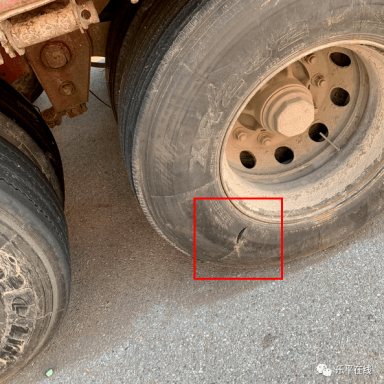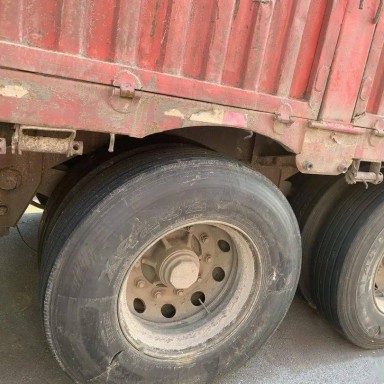
There are many malfunctions in cars that basically meet the replacement standards, but they can still be used for a period of time. For example, when performing maintenance at a 4S store, the repair technician will always suggest one or two more items to the car owner after the maintenance is completed. Some of these items are serious and some are minor, but the car owner will not judge. If they do, they may have spent unjustified money, and if they do not, they may have used the car with great risks. Today we will mainly talk about one common item, which is a tire injury. To what extent should it be replaced? As mentioned in previous articles on tire replacement, today we will only talk about tire injuries. Even if you learn not to go to a 4S store, you can make a rough judgment yourself.

The front and side of a tire are very different. The front is where it comes into contact with the ground, and its rubber is thick with steel wires inside. And the side needs to be constantly deformed and restored during driving, so the side walls are very thin and there are no steel wires inside, but rather the fabric layer, which is a skeleton composed of some cords. So a frontal injury is generally not a problem, while a lateral injury can easily lead to the tire being directly scrapped.
Pressing on some sharp stones, too close to the road teeth, especially at some corners, can easily scratch the sidewall, and in severe cases, the tire can burst at that time. The sidewall is scratched, and whether it can be used depends on the depth of the scratch. If the inner fabric layer is leaked, which means the cord can be seen, it cannot be used. Simply replace the tire with a new one. If the cord cannot be seen, there are two situations: the depth is visible to the naked eye, and it cannot reach the depth of the cord, so it can be used normally. If the wound is very fine, such as cutting it with a knife, although we cannot see the cord, we do not know the depth. This situation is not easy to determine. You can observe it for a while while while driving at low speeds in the city to see if it is bulging. If you want to run on the highway, try not to use it and replace it. Of course, if it weren't for intentional scratches, we would be able to determine the depth of the vast majority of wounds and not be very narrow.

There is also a situation where the side wall is injured due to compression. A slight compression is generally not a problem, but if the compression is too severe, the cord of the cord layer may break. After the fracture, there is usually no problem at that time. It takes some time to use, and the fracture area will bulge. After the bulge, it must be replaced immediately. Therefore, the tire has been compressed. In the future, it is necessary to observe the tire for any bulges when using it. If there are no bulges, it can be used continuously.
There are also cases of cuts on the front of the tire, and minor cuts do not affect it. If the depth is below the wear limit of the tire, it is also necessary to consider replacing it, as it is almost completely separated. What is the wear limit of tires? In the three deepest grooves in the middle of the tire, there is a small protrusion every other distance, and when the tire wears to the depth of this protrusion, it reaches the wear limit. If the depth of the front wound is lower than the protrusion, it is recommended to replace it. In fact, at this depth, the length will definitely not be short, and it looks very serious.